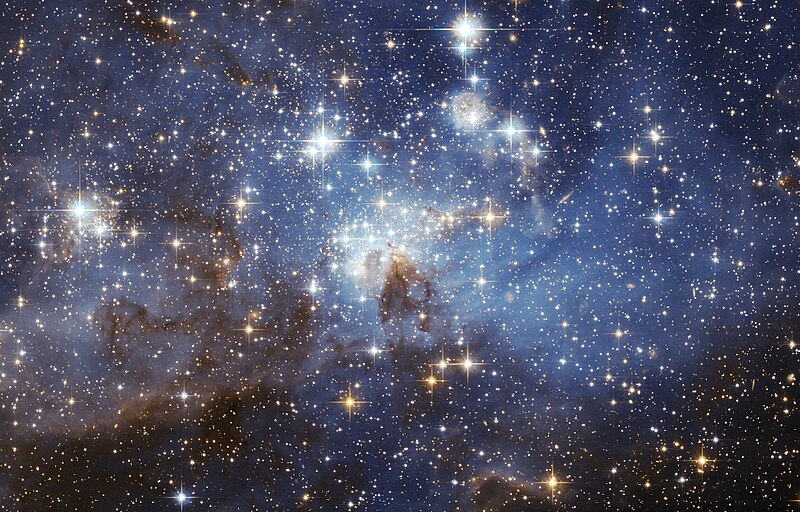

| Visitors Now: | |
| Total Visits: | |
| Total Stories: |

| Story Views | |
| Now: | |
| Last Hour: | |
| Last 24 Hours: | |
| Total: | |
Call that ancestry? Bring in the physics
By Brian Clegg
 |
| The stately home |
I get a bit irritated when you get some old buffer on the TV pointing out that his family has owned a particular house for 400 years, or that she has ancestors going back to the Norman Conquest. There are two problems with this. One is that unless such folk can claim to be a non-human species, we all have ancestors going back the same extent. But the more important one is that 400 or 1,000 years is a trivial ancestry compared to the way we can all trace our origins back billions of years.
As I point out in The Universe Inside You, the atoms inside you (and in the old buffers) have been circulating around on Earth since life began, well over three billion years ago. Fossils can be used to trace life back in rocks that were formed around 3.2 billion years ago, while the date can be pushed back a few hundred million years more on the basis of chemicals that suggest the existence of life. But before then, the atoms were still there. They didn’t appear out of nowhere. The atoms that make you up were present when the Earth was formed 4.5 billion years ago (apart from a few that arrived since on meteors from outer space).
Before that they floated for aeons through space. Some have been around since the beginning of the universe. According to the big bang theory, our best idea of how the universe began, all of the hydrogen in the universe and some of the helium and lithium was created when the remnants of the big bang that formed the universe cooled down enough to stop being pure energy and formed matter. So the hydrogen in the water and organic molecules in your body dates back to the very beginning of the universe.
After a while, some of this hydrogen clumped together, pulled by gravity, and formed stars, which burn in their youth by converting hydrogen, the lightest element, into the next element, helium. When most of the hydrogen is used up, helium too can be consumed, working up the elements all the way to iron. And this is where elements like the carbon and oxygen that are so important for life were forged.
Later still, some of those stars would become unstable and detonate in catastrophic explosions called supernovas. Ordinary stars don’t have enough energy to make the elements that are heavier than iron, but supernovas have so much oomph that they can create elements all the way up to uranium, the heaviest of the naturally occurring elements.
This means that quite literally you are stardust. Every atom in your body either came from the big bang – so is 13.7 billion years old – or from a star, which would make it between seven and twelve billion years old.
Now that’s what I call ancestry.
Now Appearing is the blog of science writer Brian Clegg (www.brianclegg.net), author of Inflight Science, Before the Big Bang and The God Effect.
Source:


